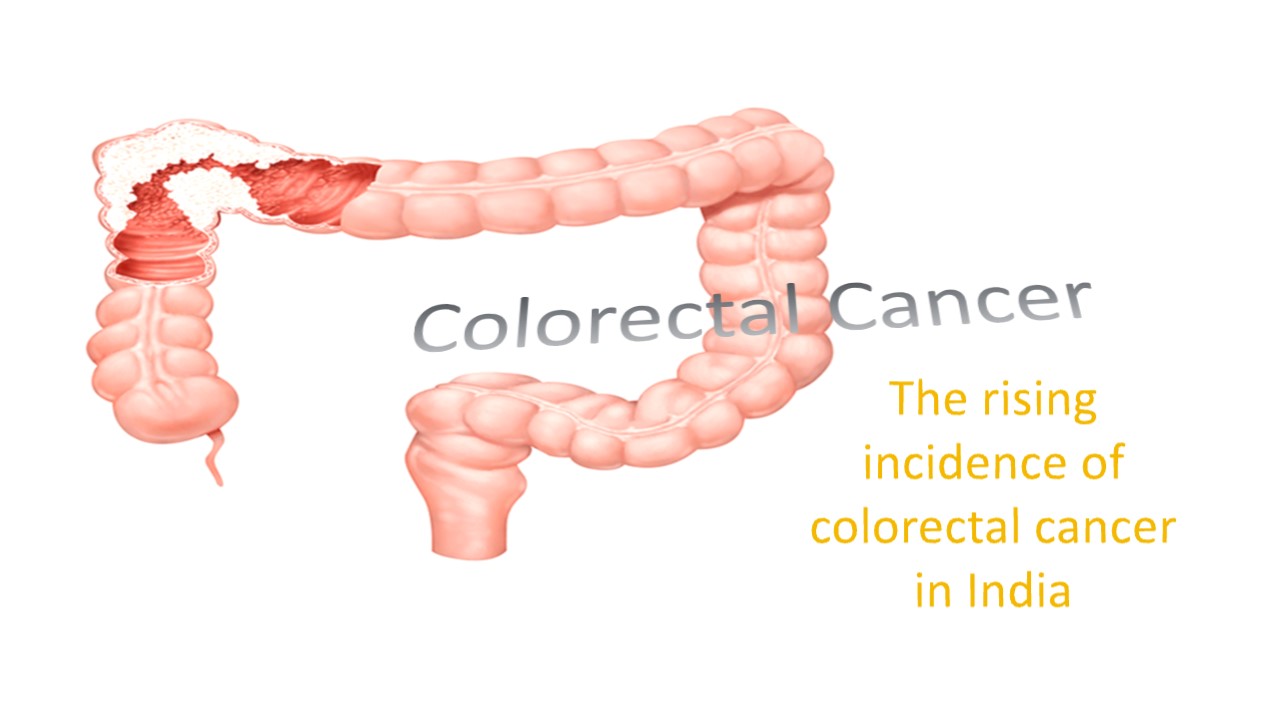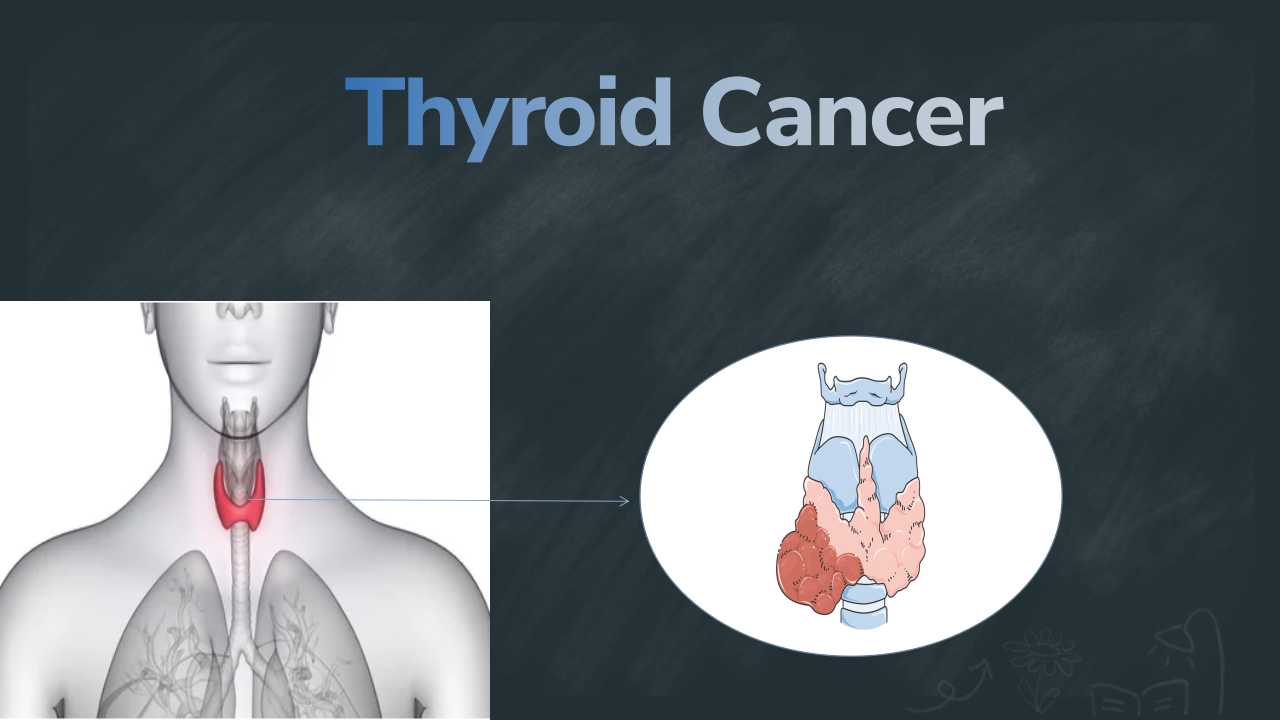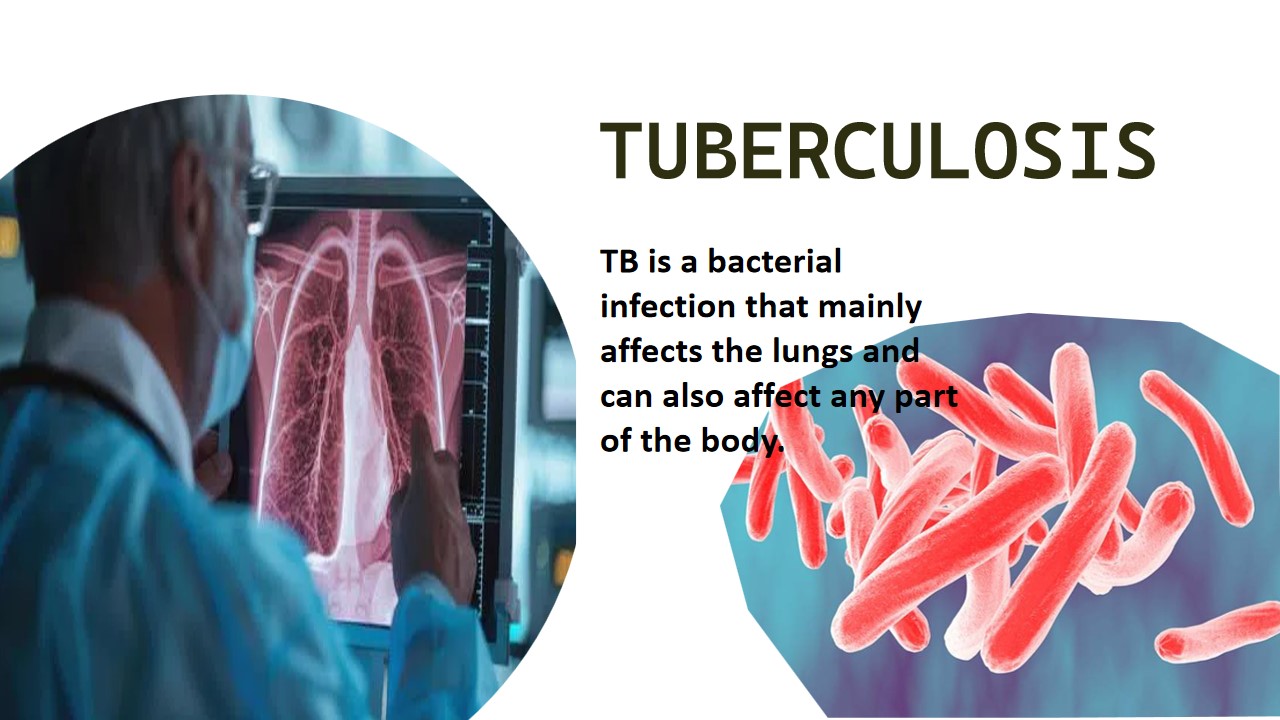
Colorectal cancer
Colorectal cancer is also called colon cancer, rectal cancer, depending on where to start. Colorectal cancer begins in the inner lining of either the colon or rectum, associated with the large intestine. Colorectal cancer starts in the colon or rectum when growth of the cells is out of control. These uncontrolled or abnormal cells grow and develop polyps called a tumor. this tumor may malignant or benign tumor. A malignant cancerous tumor means when it can spread or grow to any other part of the body. Benign cancerous tumor, means the tumor can grow but not spread. This abnormal growth occurs when the body is exposed to long term radiation, genetic changes, inherited syndrome, and environmental factors.
The large intestine is the part of the digestive system or gastrointestinal tract of the body. The large intestine is composed of the colon and rectum, which play a crucial role in eliminating waste from the body. Cancer begins in the colon is called colon cancer. Cancer begins in the rectum is called rectum cancer. Colon cancer and rectum cancer is a type of adenocarcinoma (adenocarcinoma is a type of cancer that can occur mucus producing cells, developing in any mucus producing organ). Neuroendocrine tumor of the gastrointestinal tract, gastrointestinal stromal tumor(GIST), small cell carcinoma and lymphoma these are less common occurred in the colon and rectum cancer.
Symptoms
- Diarrhoea or constipation
- blood in the stools
- abdominal pain, bloating or cramping
- a lump in the anus or rectum
- weight loss
- unexplained fatigue
- tiredness
- blood in the urine
Cause/Risk factor
- Are age 45 or older
- diet low in fibre
- Drink alcohol
- Smoke tobacco
- overweight or have obesity
- Are African American or of eastern European descent
- Eat a lot of red or processed meats
- Eat a low-fiber and high-fat diet
- Have a diet low in fruits and vegetables
- Have colorectal polyps
- Have inflammatory bowel disease (Crohn disease or ulcerative colitis)
- Have a family history of colorectal cancer
Diagnosis
Histology Department
Diagnosis of colorectal cancer can be done by biopsy method. In the biopsy process, the small tissues is removed from the organ and examined under the microscope. In this process, the specimen is collected from the patient, kept in a mixture of water and formaldehyde solution in a container. Then sent to the lab. In the lab, the pathologist performs gross examination ( keeping the record regarding specimen, including tissue size, colour, consistency and other characteristics). After that, the biopsy tissue is put in small containers called cassettes for security while processing . After processing, the tissue sample is put into a mold with hot paraffin wax. The microtome is a instrument, that cut the paraffin wax block tissue into very thin slice. These thin slices are kept on the slide and dipped in a series of stains for the examination under a microscope
Colo-rectal adenocarcinoma
Reference:
- https://www.cancer.org.au/cancer-information/types-of-cancer/bowel-cancer
-
https://www.cancer.org/content/dam/CRC/PDF/Public/8604.00.pdf





0 comments